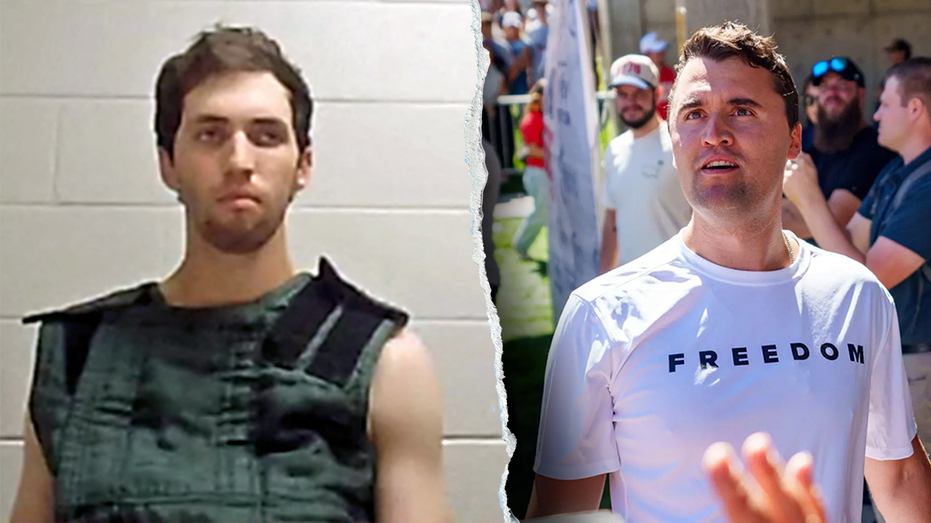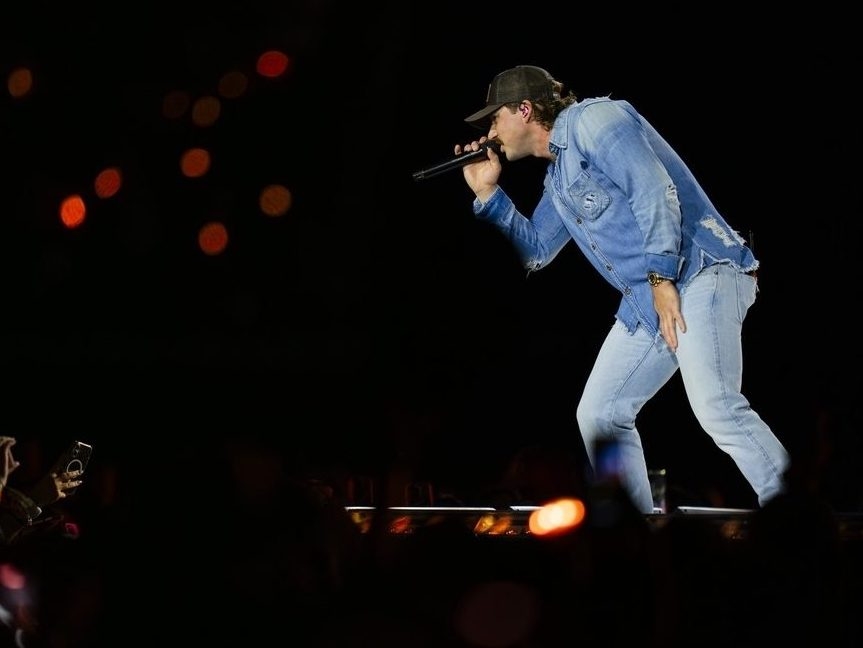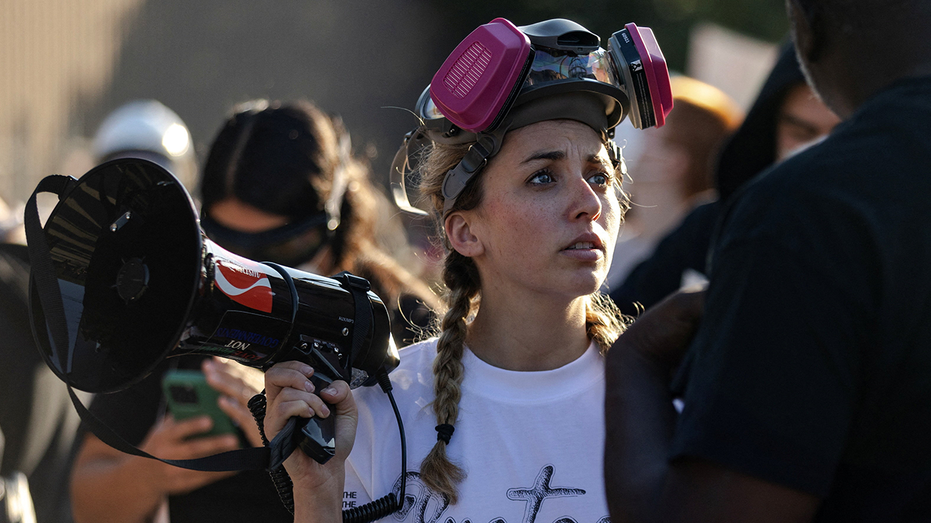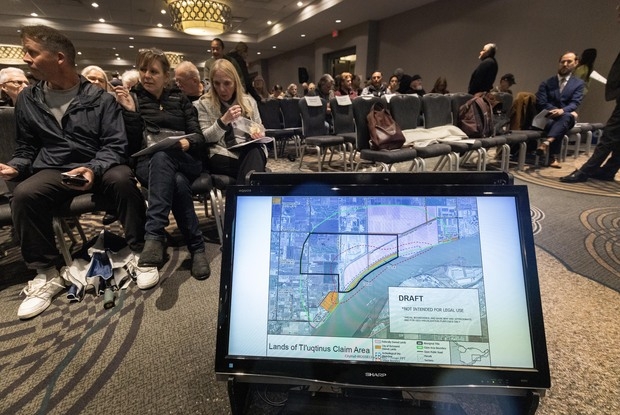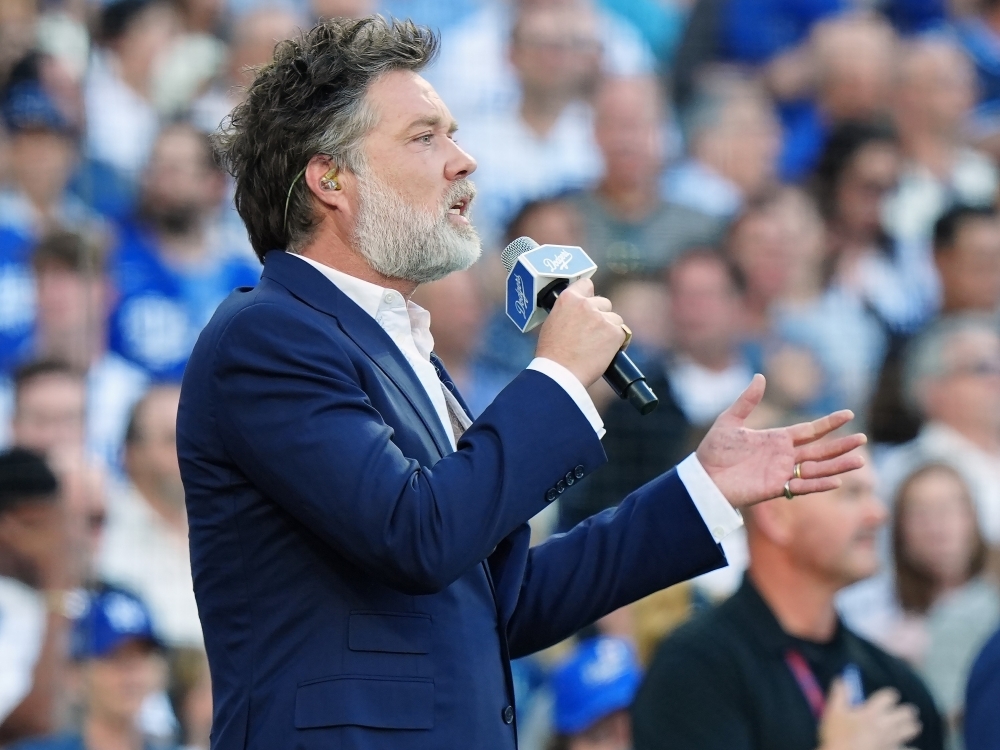A shadow of secrecy is falling over the case of Tyler Robinson, the 22-year-old accused of attempting to assassinate Charlie Kirk, a prominent political figure. A Utah judge’s decision to conduct repeated hearings out of public view is sparking alarm among legal experts, who warn of a dangerous erosion of transparency in a case already gripping the nation.
Robinson, accused of shooting Kirk during a public event at Utah Valley University last month, has largely vanished from public sight since his initial court appearance. The suspect’s voice is the only connection the public has to the man facing such serious charges, raising questions about the integrity of the proceedings.
“If the public can't see who's speaking in a courtroom, that's a serious transparency issue,” explains Randolph Rice, a seasoned legal analyst. “Our justice system thrives on open proceedings. The public deserves to know the person answering questions is, without doubt, the same person accused of this crime.”
Concerns deepened after it was revealed that even the presence of jail guards during remote hearings wasn’t officially documented. Spectators openly questioned whether the voice heard over the monitor truly belonged to Robinson, fueling speculation and distrust.
The situation grew more complex when Robinson’s second off-camera hearing was scheduled just days before a planned in-person court appearance. That appearance has now been postponed until January, citing the need for more time for legal preparations.
Judge Tony Graf, recently appointed to the bench, is attempting to navigate a delicate balance between public access and the rights of those involved. However, his decisions are drawing scrutiny, with critics suggesting an overemphasis on controlling the narrative.
“When judges hide too much from the public, they risk losing the public's trust,” Rice warns. “Justice must be seen to be believed. Concealment can create the impression that something is being hidden, whether to protect the court, the state, or even the defendant.”
Adding to the unusual circumstances, the judge granted a motion allowing Robinson to wear civilian clothes in court, while simultaneously denying a request to appear without restraints. Further, news photographers will be barred from capturing images of those restraints or Robinson’s entry and exit from the courtroom.
“There seems to be an inordinate concern with his public perception,” observes Joshua Ritter, a criminal defense attorney. “The lengths being taken to maintain a presumption of innocence, even to the point of controlling his appearance, are remarkable.”
Defense attorneys initially requested the no-video hearings, anticipating brief proceedings. However, the continued use of this practice is now raising serious questions about the fairness and openness of the legal process.
Legal experts suggest the judge is attempting to preemptively shield the case from appeals based on claims of unfairness. But this caution, they argue, comes at a steep price – the sacrifice of public transparency.
Prosecutors have even requested that all future non-evidentiary hearings be held virtually, a motion the judge has yet to rule on. This potential move would further limit public access to the proceedings.
While judges have discretion in managing courtroom access, the extent of the restrictions in this case is raising red flags. The lack of transparency, particularly in a high-profile matter, is creating a breeding ground for speculation and conspiracy theories.
Robinson has yet to enter a plea. His preliminary hearing, where the evidence supporting his arrest would be challenged, has been delayed indefinitely, leaving the public in the dark about the details of the case.
“Keeping a defendant completely off camera for too long in a case like this only fans the flames of conspiracy,” Rice concludes. “A lack of information allows the public to draw their own conclusions, no matter how unfounded they may be.”
